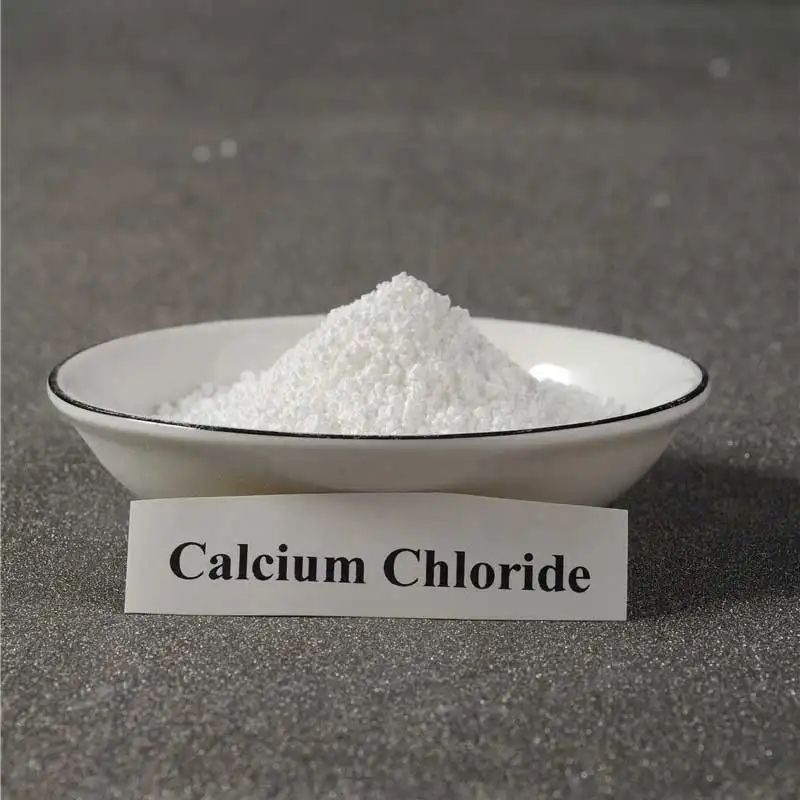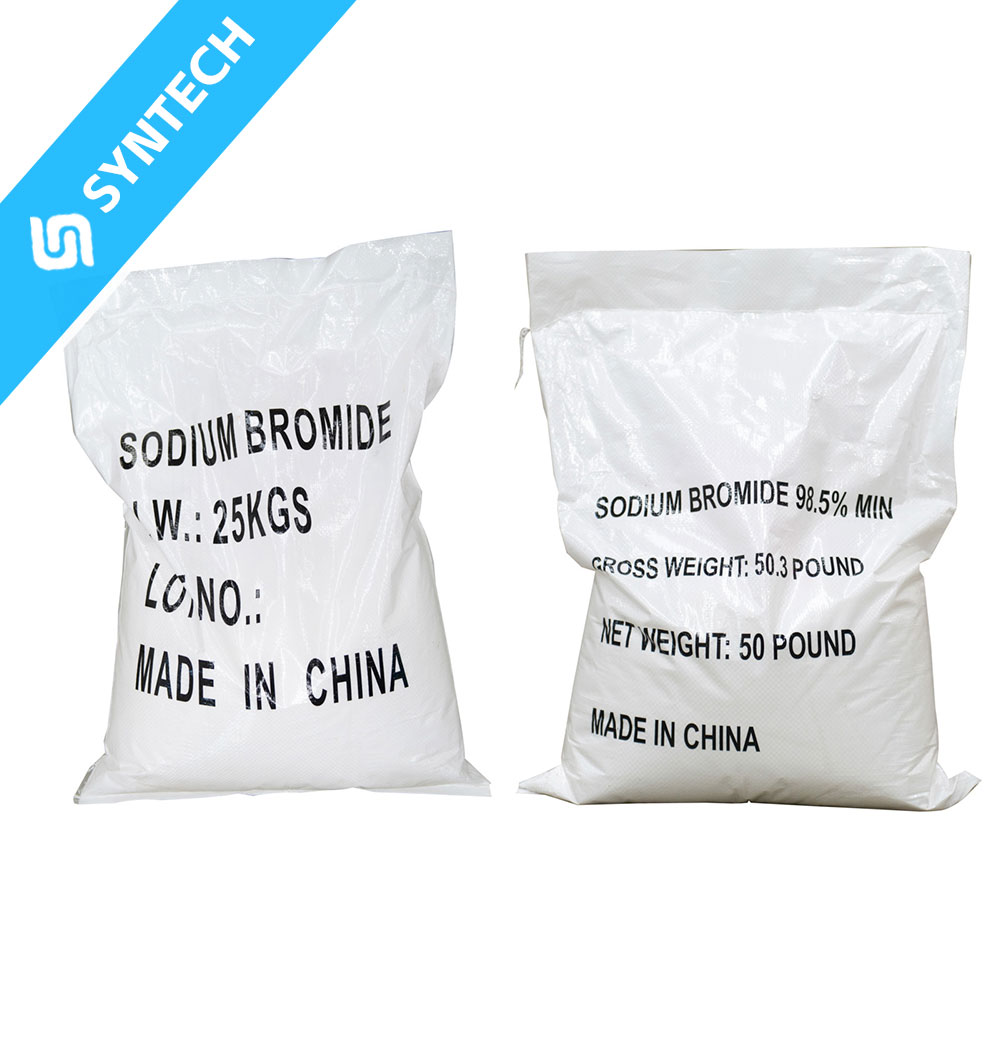How does Sodium Methallyl Sulfonate (SMAS) act as a dispersant?
Sodium Methallyl Sulfonate (SMAS) is a highly effective dispersant, particularly valued in demanding industrial applications like water treatment, oilfield chemicals, and construction materials. Its dispersing action is a sophisticated interplay of its molecular structure, electrostatic forces, and steric hindrance. Here’s a detailed breakdown of how it works:
1. Molecular Structure: The Foundation
The power of Sodium Methallyl Sulfate (SMAS) as a dispersant stems from its unique molecular architecture:
- Hydrophilic Anionic Head: The sulfonate group (-SO₃⁻) is strongly ionic, highly polar, and exhibits an exceptional affinity for water. It’s also highly resistant to being displaced from particle surfaces (a property known as chemisorption).
- Hydrophobic Tail: The methallyl group (CH₂=C(CH₃)-) provides a hydrophobic component. This part of the molecule has an affinity for organic particles and surfaces.
- Reactive Site: The carbon-carbon double bond (CH₂=) allows SMAS to be copolymerized into larger polymer chains. This is key to forming advanced polyelectrolyte dispersants with tailored properties.
This structure makes SMAS an anionic surfactant, meaning it carries a negative charge when dissolved in water.
2. Electrostatic Repulsion (The Primary Mechanism)
When SMAS is introduced to a system containing suspended particles (e.g., clay, minerals, pigments), its molecules actively seek out and adsorb onto the surface of these particles.
- Adsorption: The hydrophobic tail anchors the molecule onto the particle surface. Meanwhile, the hydrophilic sulfonate heads extend out into the surrounding water solution.
- Charge Formation: This orientation creates a negative surface charge on the particles.
- Repulsion: Since all particles now carry a similar negative charge on their surfaces, they electrostatically repel each other. This powerful repulsive force prevents the particles from aggregating, flocculating, or settling out of suspension.
3. Steric Hindrance (In Copolymer Form)
While Sodium Methallyl Sulfate (SMAS) itself provides some steric effect, its true power is realized when it’s copolymerized with other monomers (e.g., acrylic acid, acrylamide). In this form, it contributes to electrosteric stabilization:
- Polymer Chain Formation: The copolymer forms long chains where SMAS units provide charged sites.
- Physical Barrier: These polymer chains loop and extend from the particle surfaces, creating a physical, hydrated barrier.
- Overcoming Van der Waals Forces: When two particles approach each other, these polymer layers physically prevent them from getting close enough for the natural attractive forces (van der Waals forces) to take over and cause agglomeration.
4. Synergistic Effect: Electrosteric Stabilization
The combination of electrostatic repulsion and steric hindrance is known as electrosteric stabilization. This is the most robust mechanism for dispersion:
- Electrostatic repulsion works over a longer range to keep particles apart.
- Steric hindrance works at a shorter range to prevent aggregation, even in high-salinity environments where pure electrostatic forces can be neutralized (“charge screening”).
This dual mechanism ensures stability across a wide range of conditions (pH, temperature, salinity).
5. Dispersion Process in Practice
- Wetting: Sodium Methallyl Sulfate (SMAS), acting as a surfactant, first lowers the surface tension of the water, allowing it to better wet and penetrate agglomerated powder cakes.
- Deagglomeration: Mechanical energy (e.g., stirring) breaks apart large clumps. SMAS molecules immediately adsorb onto the fresh particle surfaces created during this process.
- Stabilization: The mechanisms of electrostatic repulsion and steric hindrance take over, preventing the newly separated particles from re-agglomerating. This results in a stable, homogeneous suspension.
Key Advantages of SMAS as a Dispersant
- Exceptional Tolerance to Divalent Ions: Unlike dispersants based on carboxylate groups (-COO⁻), which precipitate in the presence of calcium (Ca²⁺) or magnesium (Mg²⁺) ions, the sulfonate group in SMAS is highly stable. This makes it indispensable in hard water and high-salinity environments like oilfield brines.
- Thermal Stability: The carbon-sulfur bond in the sulfonate group is very stable, allowing SMAS-based dispersants to perform effectively at high temperatures (e.g., in downhole oilfield applications or industrial processes).
- Versatility through Copolymerization: Its reactive double bond allows it to be tailored into various copolymer structures for specific applications, from concrete superplasticizers to scale inhibitors.
In Summary
Sodium Methallyl Sulfonate (SMAS) acts as a dispersant primarily by adsorbing onto particle surfaces and imparting a strong negative charge, causing particles to repel each other electrostatically. When copolymerized, it enhances this effect by contributing to a steric barrier, resulting in superior electrosteric stabilization. Its key advantages are its robustness in harsh environments—resisting high salt concentrations, divalent cations, and elevated temperatures—making it a critical component in high-performance industrial dispersants.






